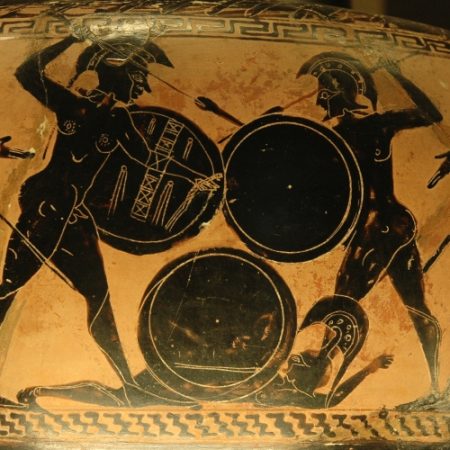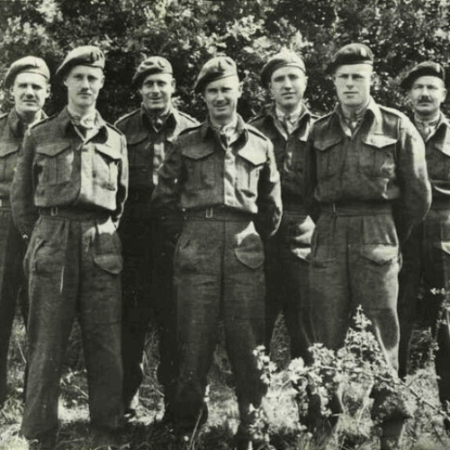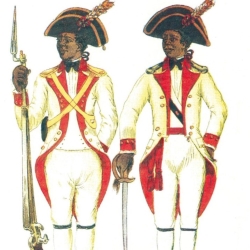The Japanese-Canadian community has been present in Canada since the late 19th century. Established mainly in British Columbia, many members of the community have made significant contributions since then. This naturally includes the military. Despite the discriminatory policies in place at the time, many Japanese-Canadians enlisted in the Canadian army to contribute to their country. However, their efforts were not adequately rewarded by the authorities. Through the story of soldier Nuinosuke Okawa, discover the discrimination suffered by Japanese-Canadian veterans of the First World War and their efforts to be compensated.
Private Nuinosuke Joseph Okawa was born on July 24, 1884 in Shizuoka, Japan and arrived in Canada in 1907 at the age of 23. He had served for six years in the Imperial Japanese Army and was a veteran of the Russo-Japanese War (1904-05). He worked as a carpenter in Vernon, British Columbia. At the outbreak of the First World War, he wanted to enlist in the army to fight alongside other Canadians. Anti-Asian racism, however, was rampant in British Columbia so Okawa had to travel all the way to Alberta to join the army. He enlisted in Calgary on August 7, 1916. He was among 196 original Japanese Canadian volunteers, joining the 192nd Battalion. During this time, Japan and the United Kingdom were allies under the Anglo-Japanese Alliance of 1902. Its overseas subjects were eager to prove their mettle and loyalty to the King. Japanese Canadians were also seeking equal treatment in Canadian society upon their return from the battlefields. They were paid lower wages, could not work in the higher professions like medicine or law, and did not have the right to vote. Once he reached England, Okawa was transferred to the 10th Battalion on October 11, 1916 and left for France seven weeks later. Okawa fought at and survived the Battle of Vimy Ridge, later writing home about it:
“At 4:30 in the afternoon of April 8, we started our march of five miles toward Vimy Ridge. The enemy pounded our communication trenches with artillery, even using poison gas shells. It was a very diaicult march, but no one was injured. By 2 a.m. we were in the forward lines. We were given rum. On the 9th at 5 a.m. our artillery started a terrific bombardment, and we went over the top. We captured 700 prisoners. The battle was over by the 11th. Our casualties were about 500 men killed and wounded. Two Japanese volunteers were killed, Pte Iwakichi Kojima [April 9] and Pte Kiyogi Migita [April 11].” (Source: Roy Ito, We Went to War, Stittsville, Canada’s Wings, Inc., 1984, p. 62).
However, he was unlucky on August 17, 1917, at Lens, when he suffered a gunshot wound to the left arm, resulting in a compound fracture to his ulna. This injury would spell the end of Okawa’s war as he was invalided to Canada on December 31, 1917 and deemed medically unfit for further service.

Read the rest of the article on Honouring Bravery
Article written by Debbie Jiang for Honouring Bravery.






